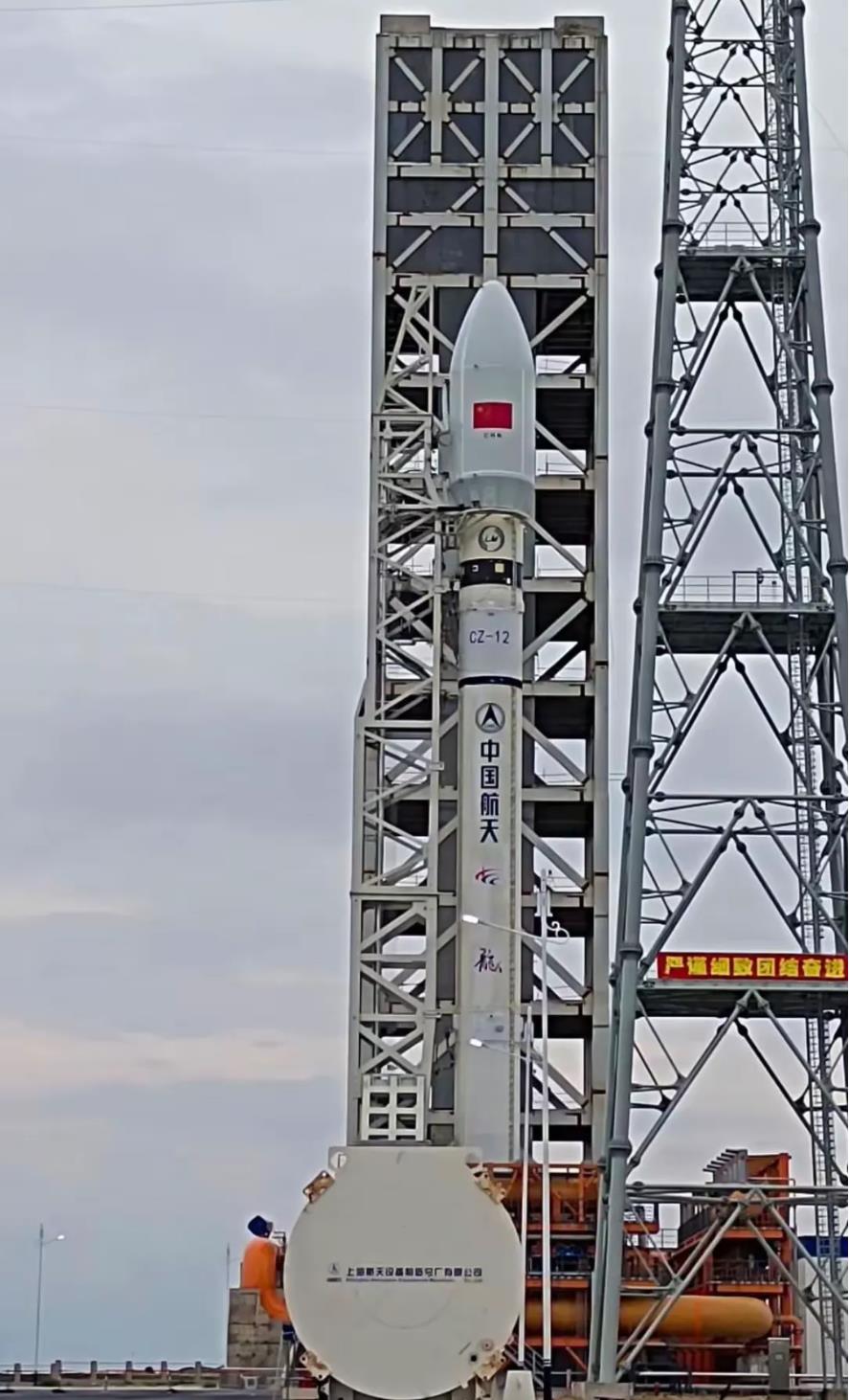China quietly tested its first inflatable space module in orbit
Andrew Jones November 22, 2024
An onboard view of the inflatable module tested aboard the Shijian-19 spacecraft. Credit: CAS
BREMEN, Germany — China tested out a small expandable module in orbit during the recent Shijian-19 mission, an update more than a month after the spacecraft’s landing reveals.
The Shijian-19 retrievable satellite launched on a Long March 2D rocket from Jiuquan Sept. 27 and landed late Eastern Oct. 10 at the nearby Dongfeng landing site in the Gobi Desert.
The China Academy of Space Technology (CAST), which manufactured both Shijian-19 and the test module, revealed that the “inflatable flexible sealed module” completed an on-orbit test in a Nov. 21 statement.
The module is described by CAST as a multifunctional sealed structure made from flexible composite materials. The mission was deemed a complete success by CAST, a key division of China’s state-owned contractor CASC, which also developed modules for the Tiangong space station.
CAST stated the module is in a compressed, folded state during launch and inflates upon reaching orbit. This design offers advantages such as lightweight construction and high folding efficiency. CAST described the technology as a promising approach for constructing large-scale space-sealed modules and represents an important new direction in sealed module technology.
The company leveraged its expertise in system design, structures, mechanisms, thermal control, and space environment to achieve this breakthrough, according to the statement.
It added that ground-based tests—such as airtightness, debris impact, extreme pressure, vibration, and thermal vacuum tests—were conducted in collaboration with partner organizations to validate the module’s performance.
China has earlier stated its interest in expandable or inflatable modules, but the Nov. 21 release appears to be the first public unveiling of related hardware.
The country has also revealed plans to begin expanding the Tiangong space station, starting with a multifunctial module to allow new modules to dock at the facility. While renders of the plan appear to show new rigid modules similar to those already in orbit, an inflatable habitat could play a role in this planned expansion.

The Shijian-19 test echoes tests such as the BEAM demonstration by Bigelow Aerospace on the International Space Station, though smaller in scale and much shorter in duration. A number of companies including Lockheed Martin and Sierra Space are testing inflatable habitat technology, which could be deployed in post-ISS low Earth orbit commercial space stations.
The Shijian-19 mission was described as the first test of a new generation of high-performance reusable retrievable space test platform by the China National Space Administration (CNSA).
As well as the expandable module, the roughly 3,500-kilogram Shijian-19 mission spacecraft carried payloads and experiments including staple and industrial crops for irradiation experiments aimed at fostering beneficial mutations, microbial specimens, and space technology experiments.
Shijian-19 was a short-duration version of the retrievable spacecraft, designed for missions lasting about two weeks. A long-term configuration, equipped with solar arrays on its propulsion and power module, is capable of remaining in orbit longer, supporting extended experiments.
While China has the Tiangong space station for microgravity and other space-related experiments, it has limited downmass capabilities. The recoverable portion of the Shijian spacecraft can carry between 500 to 600 kilograms of payload, increasing China’s options for microgravity experiments.
The successful test of the inflatable module fills a technological gap in China’s capabilities and potentially opens the door to future applications in deep space exploration and orbital habitats.
BTW CSS operation in space has surpass 1300 days.

In aonther news, CZ-12 which launch appear to have postponed from Sep, has a new launch date on Nov 30.
